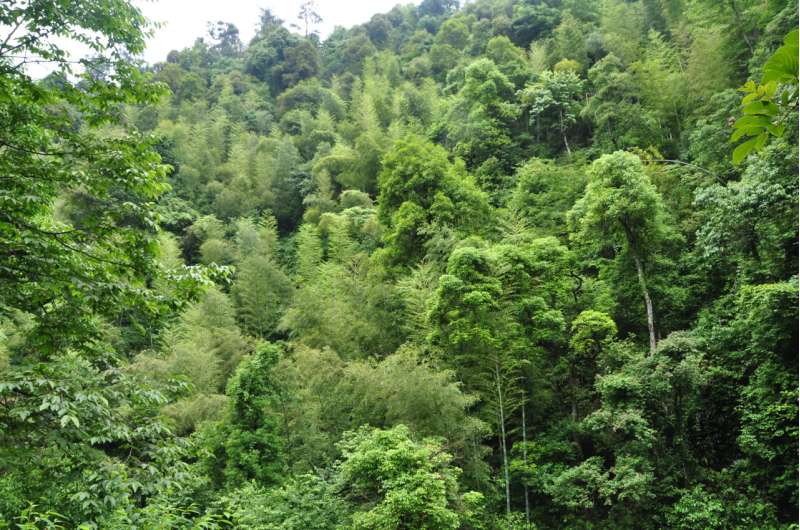New research from the Chinese Academy of Sciences has shed light on how climate and soil conditions shape the wood density of trees and shrubs across different ecosystems. This has important implications for improving Earth system models and dynamic global vegetation models, allowing for more accurate predictions of vegetation dynamics and ecosystem responses to climate change.

Dealing with wood-specific gravity
The importance of wood density as a key functional trait affecting both plant performance and vegetation composition makes its representation essential for predicting the distributions of species and ecosystem-level dynamics. Nevertheless, in current global models wood density is often assigned a universal value across plant functional types such as broadleaf trees, needle-leaf trees and shrubs. Its oversimplicity, though, makes it not entirely accurate when modeling interactions among plants of different types within ecosystems.
Current models may be “seriously biased by this simplification,” lead author of the study, Advances in Atmospheric Sciences Dr Song Xiang said. “Adding the variation of wood density with plant functional types and along underlying environmental gradients will represent a powerful tool to improve the robustness of predictions, especially on tree stem morphology, and forest dynamics,” they write.
Unraveling the Effects of Climate and Soil
Based on a systematic analysis of >138,000 wood density observations for >8,700 woody species across six major functional types worldwide, we examined how climate and soil factors influence the wood density of dominant angiosperm trees. Through their investigation they discovered a more nuanced relationship between these environmental factors and wood density.
Soil traits play a subordinate role compared with climate on wood density of tree species. In contrast, shrub species are limited to near-equal extents by both climate and soil. Across all functional types, the models built by the researchers had high predictive ability with correlation coefficients of 0.49 to 0.93 between observed and predicted value of wood density. The predictions also matched well with average wood density values based on measurements under different climate conditions, which says that the results are robust.
Better Ecosystem Modelling & Management
Spatial variability in wood density should also be accounted for when modeling vegetation dynamics. “Our results highlight the importance of considering spatial variability in wood density when modeling vegetation dynamics,” Dr. Song said. “Future work will incorporate this spatial heterogeneity into Earth system models to improve the simulations of forest attributes (e.g., tree height, forest coverage) in particular for central forests and transition zones.”
The study of how vegetation responds to changes in environmental conditions, and its adaptation to these new conditions, is represented as a fundamental step. The findings might help predictive ecosystems respond to climate change more accurately, and provide better tools for managing forests and other ecosystems. In the global challenges of a changing climate, studies like this will be important to understanding natural systems as they change.
